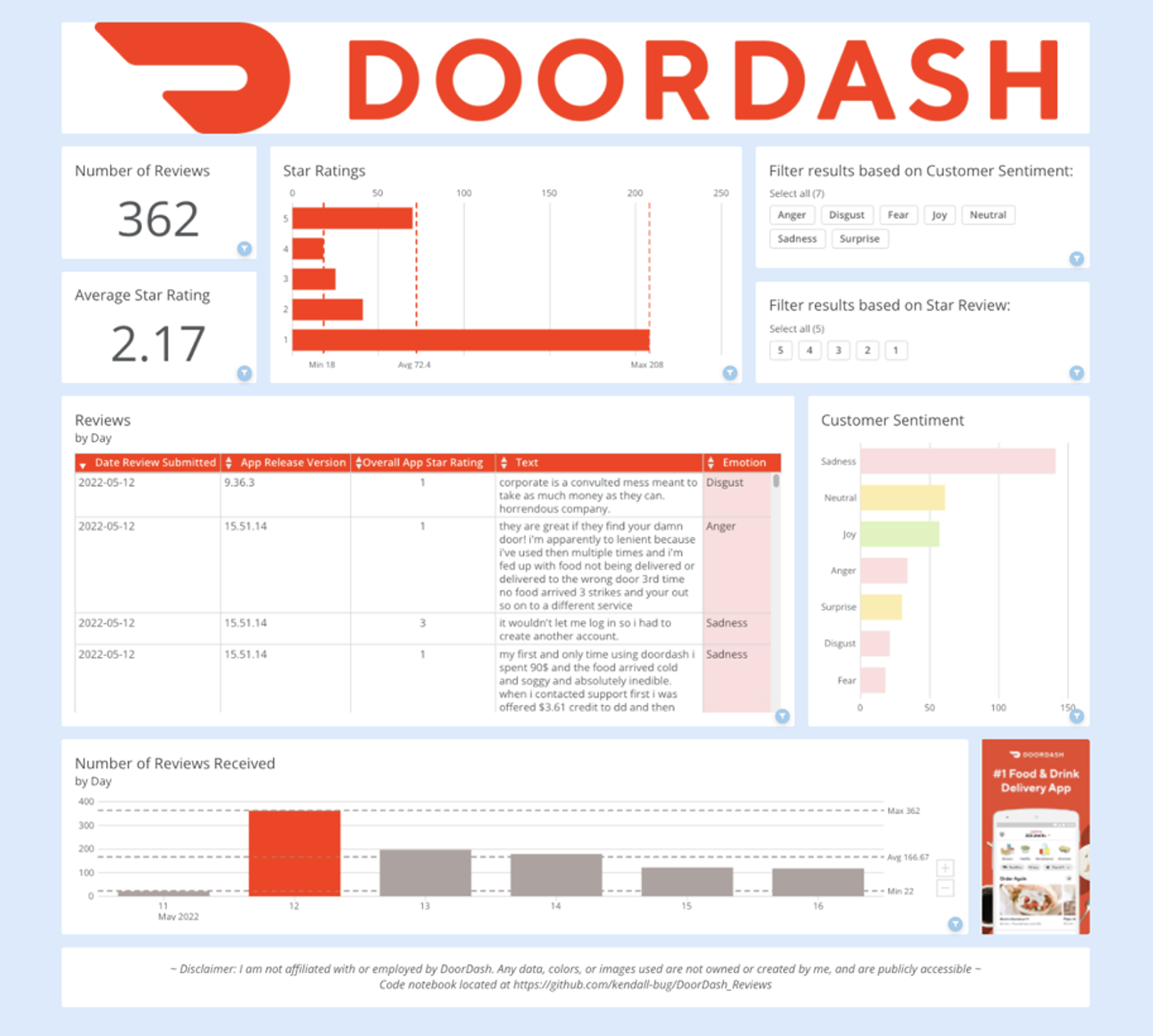
Domo の自動データフローエンジンを使用すれば、ゲームの視聴者数を予測する際にかかる手動プロセスを数百時間短縮できました。
Since the COVID era began and prevented people for a long period of time from dining in at restaurants, consumers everywhere have increasingly relied on restaurant ordering and delivery apps to put food on the table for themselves and their families.
To address the shake-up in food-consumption dynamics, Yum! Brands’ digital and technology teams invested significantly in the development or enhancement of such apps for our restaurants, including KFC, Pizza Hut, Taco Bell, and The Habit Burger Grill.
For KFC-United States especially, the concept of having a restaurant ordering app was relatively new. To encourage KFC customers to download and use the app, we needed to ensure that it was "relevant, easy, and distinctive"—or, RED, as our previous CEO, Greg Creed, liked to say.
But to truly ensure that it was RED, we needed metrics. We needed to know if the app was indeed making the process of ordering fried chicken easier. Were people satisfied with the app? Were there recurring patterns among customers who loved the app (or didn't love the app)? Did certain app release versions perform better than others?
Those were among the questions we had to find answers to. Although both Apple and Android provide access to consumer ratings and reviews, they do not provide a deep dive into what reviews mean for a product. So, we turned to Domo, and the tool that has become our secret sauce: Jupyter Workspaces.
Jupyter Workspaces gives us the ability to access and analyze this qualitative data. In my experience with other business intelligence platforms, text analysis has been limited to word counts and word clouds.

Sample of a Domo/Jupyter Notebook project performed on Doordash Reviews
Jupyter Workspaces, on the other hand, takes text analysis to the next level, allowing practitioners to combine Python’s advanced Natural Language Processing (NLP) capabilities with datasets right inside of Domo. It also enables Jupyter Notebooks to be scheduled as DataFlows to automatically refresh your data. By using Python and Domo in tandem, KFC can now do the following:
PythonDomoImport customer reviews directly from Apple and Android stores and combine them into a single datasetSchedule the Jupyter Notebook to automatically refresh dailyUse Natural Language Processing models to identify the customer’s emotion toward the app in each reviewCreate a dataset that can be shared across the organizationExtract important metrics such as when the review was written and the user’s star-level ratingIllustrate results and metrics in a captivating way, using company branding and interactive visuals
All of these features contribute to deriving insights for KFC’s mobile app team. Now, the team can identify what works for customers and what doesn’t, and cultivate ideas for future app improvements—which all goes to show that when KFC customers speak, we listen. And that, of course, is key to long-term brand and product success.
Author
As a data scientist for Yum! Brands—the world’s largest restaurant company—Kendall Ruber integrates data science principles into the corporation’s restaurant operations practices and uses statistical modeling techniques and BI tools such as Domo to deliver insights across the enterprise. A resident of Chicago, she previously lived in Louisville, Ky., where she worked as a data analyst for LG&E and KU Energy after earning multiple degrees from the University of Louisville.
